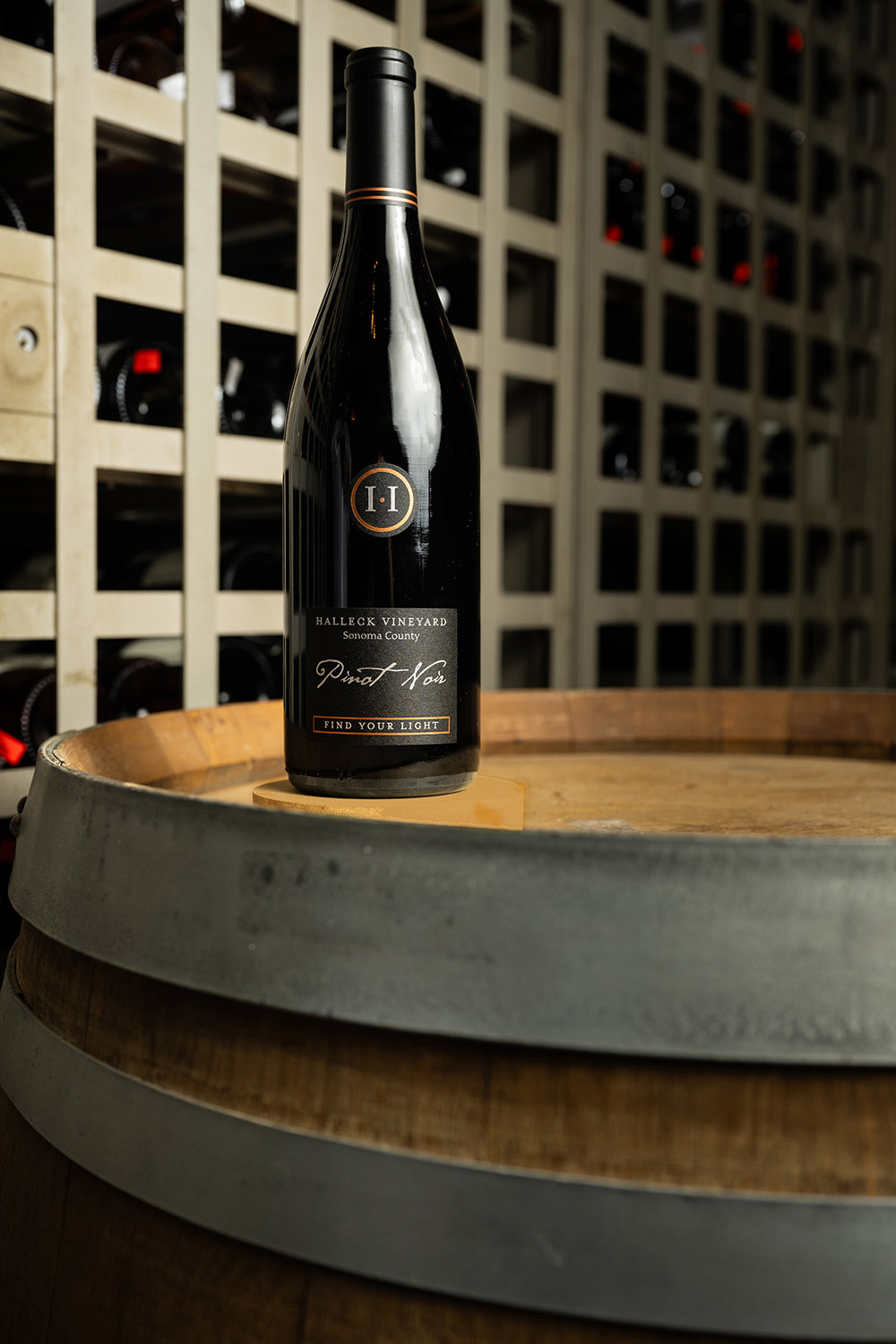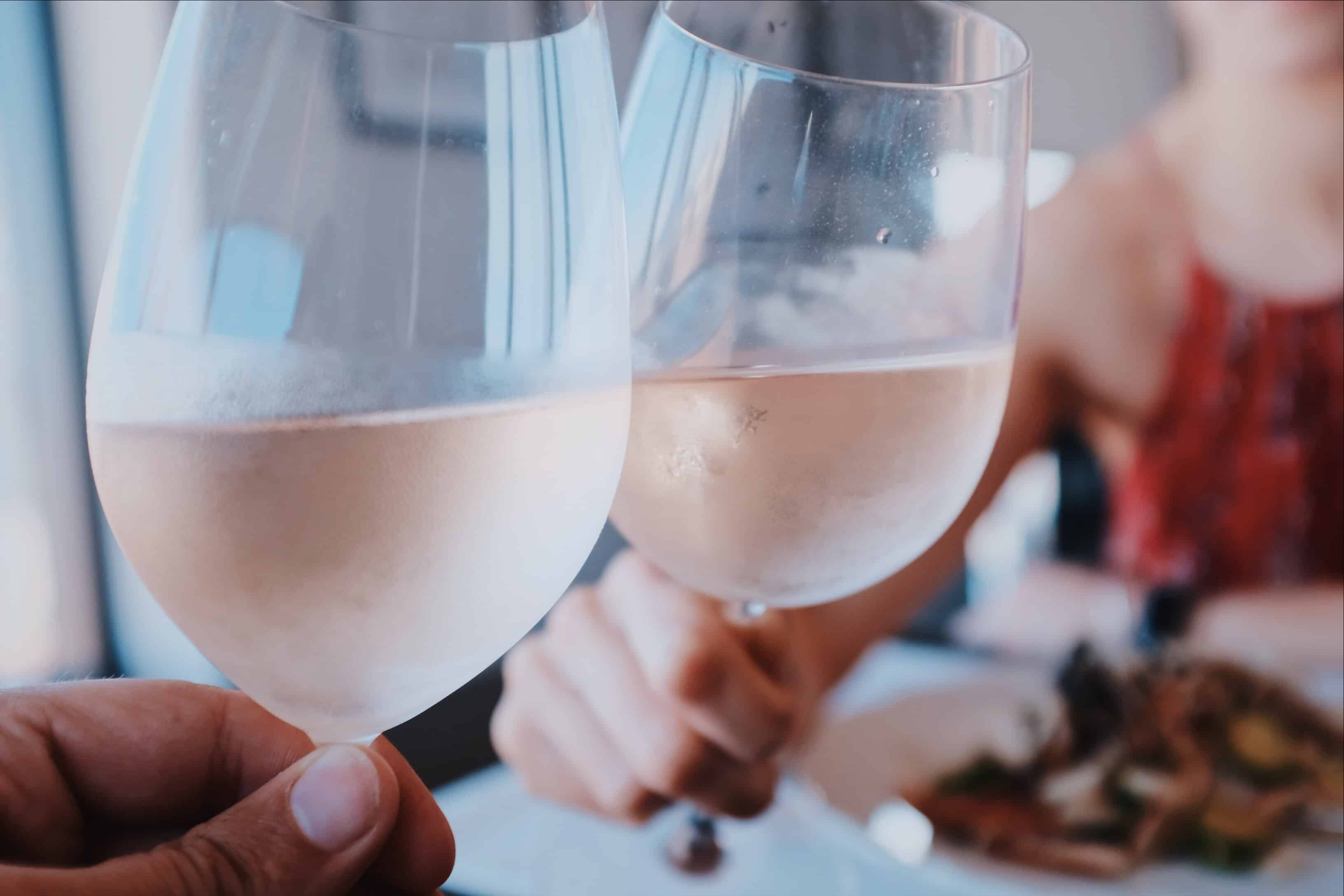Small Batch Wineries In Sonoma Valley - Sonoma Wine Tasting Spots
Small Batch Wineries In Sonoma Valley - Sonoma Wine Tasting Spots
Blog Article
Wineries Known For Their Beautiful Gardens - Unique Wine Tasting Experiences In Sebastopol
Wine tasting is an art that requires practice and an understanding of varied aspects involved in the course of. One crucial component of wine tasting is the event and interpretation of tasting notes, which function a guide for both novices and seasoned connoisseurs. A Guide To Understanding Winery Wine Tasting Notes can enhance your wine-tasting experience, making it more significant and pleasant.

Tasting notes are concise descriptions that seize the essence of a wine’s flavors, aromas, and general character. Usually composed by professional tasters, winery tasting notes offer insights into the nuances of various wines. They can help wine enthusiasts perceive what to expect from a particular bottle. However, tasting notes can vary extensively in style and detail based on the writer's experience and palate.
Wineries In Green Valley - Sonoma County Wine Tasting Locations
When you first approach a glass of wine, your senses will start to interact immediately. The sight, scent, and taste of the wine will converge to provide you a complete experience. Tasting notes typically start with the visible evaluation, where the color of the wine is taken into account. Color performs a big position in indicating the wine’s age, grape selection, and even its flavor profile.
After assessing the visible side, the subsequent step includes swirling the wine in the glass. This motion aerates the wine, permitting its aromas to awaken. Smelling the wine offers crucial perception into its complexity. The initial sniff can deliver a flood of scents that will embrace fruity, floral, natural, or earthy notes. This is often probably the most subjective part of tasting, as particular person experiences can dramatically differ.
In winery tasting notes, descriptors are sometimes categorized into main, secondary, and tertiary aromas. Main aromas usually stem from the grape selection, secondary aromas derive from fermentation processes, and tertiary aromas come up from growing older. Understanding these classes may help you appreciate the depth of a wine, and they also give you the vocabulary to precise your experience higher.
Unique Wine And Food Pairings In Sonoma - Sonoma Wine Tasting Recommendations
Following the olfactory encounter, your focus will shift to the taste of the wine. This is where the primary characteristics—sweetness, acidity, tannins, alcohol—come into play. Tasting notes typically detail these flavors in multiple dimensions, including the preliminary assault in your palate to the lingering end on your tongue. A high-quality wine will current a harmonious steadiness between these factors.
Whereas tasting, it is important to ponder the body of the wine, which can be described as light, medium, or full. The physique contributes considerably to your general impression, helping you contemplate how the wine pairs with food or whether or not it stands alone as a sipping wine. Balancing the physique with the other traits will give you a fuller understanding of what the wine has to supply.
The finish of the wine, also known as the aftertaste, is one other important facet typically included in tasting notes. A long, nice finish usually indicates a better quality wine, while a brief or cloying aftertaste may suggest in any other case. Evaluating the finish can supply additional insight into the wine's complexity and distinction.
Understanding the context of winery tasting notes can be useful. Tasting notes can provide contextual information about the winery's location, climate, and grape-growing practices. useful reference This context provides another layer of appreciation for the wine, allowing enthusiasts to connect the sensory experience with its origins, thus enhancing the enjoyment further.
Charming Wineries With Views In Sonoma Valley - Exploring The Vineyards Of Sonoma
Many wineries present tasting notes on their websites or labels, usually written in an approachable but informative style. Nevertheless, not all winery tasting notes are created equal. Some may be overly technical, while others would possibly prioritize marketing flair over insightful evaluation. Learning to navigate these notes can arm you with the knowledge to make knowledgeable selections when selecting wines.
Participating in tastings at wineries can also deepen your understanding of wine tasting notes. Interacting with educated staff may give you a extra hands-on approach to exploring different wines and the language used to describe them. Top Rated check over here Wine Experiences In Sebastopol. You'll have the opportunity to ask questions, engage in discussions, and probably refine your palate in actual time.
Experimentation is important for mastering wine tasting notes. As you sample totally different wines, attempt making your personal notes. Focus on describing the wine’s shade, aroma, style, and end. Over time, you’ll develop a personal vocabulary that resonates together with your sensory experiences. Every note you create will help refine your palate, allowing you to appreciate wines at a deeper degree.
Wineries Near Sonoma Square - The Charm Of Sonoma Wineries
In conclusion, a Guide To Understanding Winery Wine Tasting Notes presents a comprehensive framework for diving into the world of wines. It equips you with the strategies and language necessary to articulate your experiences. Whether you're a casual drinker or a dedicated aficionado, understanding and using tasting notes can profoundly impression your wine journey. This data not solely enhances your enjoyment but in addition connects you deeply with the wealthy narratives each bottle tells. By embracing this journey, you become part of the beautiful mosaic of wine culture, where each sip unveils a new story ready to be found.
- Wine tasting notes sometimes embody quite lots of sensory descriptions, including aroma, flavor, acidity, body, and finish, allowing tasters to totally recognize the wine's characteristics.
- To improve your understanding, familiarize yourself with common wine terminology similar to "tannins," "oakiness," or "terroir," which might help decipher the notes more effectively.
- A systematic strategy to tasting includes first visually assessing the wine's colour and clarity, followed by swirling to launch aromas, then inhaling and describing what you experience.
- Taking notes throughout tasting might help identify patterns over time, improving your palate and making it simpler to recall preferences for future choices.
- Don't overlook the influence of food pairings; tasting notes can differ tremendously when a wine is loved with complementary flavors, altering perception and enjoyment.
- Pay consideration to the wine’s vintage, as weather conditions in a given yr can significantly have an result on the ultimate product, adding one other layer to the tasting notes.
- Think About the winemaker's style and philosophy, which may shape the wine's profile and influence how its notes evolve with each sip.
- Practicing with completely different grape varieties can broaden your vocabulary; every type brings distinctive characteristics that can improve your capability to articulate tasting notes successfully.
- Partaking with wine professionals or attending tasting events can provide priceless insights, offering a richer context for understanding personal tasting notes.
- Remember that tasting is subjective; particular person preferences and experiences will shape one’s interpretation of the identical wine, enriching the overall enjoyment of wine exploration.
What are wine tasting notes?
Wine tasting notes are descriptive feedback made by tasters concerning the look, aroma, taste, and finish of a wine. They provide an summary of the wine's traits and might help customers perceive the style and high quality of the wine.
Wineries Providing Guided Vineyard Walks - Discovering Sonoma Area Wineries
Why are tasting notes essential when deciding on wine?
Tasting notes can guide you in selecting a wine that fits your palate. They provide insights into flavors and aromas, serving to you to match wines with food or occasions. Understanding these notes enhances your total wine experience.
How ought to I learn wine tasting notes?
(Historical Wineries To Visit In Sonoma)
Wineries That Offer Dog Friendly Areas - Sonoma's Premier Wine Tasting Events
When reading wine tasting notes, take note of the construction: look for descriptions of color, aroma, flavor, and finish. This will help you grasp the wine's profile and determine if it aligns together with your preferences.
What phrases generally seem in wine tasting notes?
Common phrases embody "tannin" (the structure), "acidity" (the crispness), "physique" (the weight), and varied flavor descriptors like "fruity," "earthy," or "spicy." Familiarizing your self with these terms can deepen your understanding of wine.
Family-Oriented Wine Tasting Venues In Sebastopol - Greatest Wine Tasting Locations In Sonoma

Can I create my very own tasting notes?
Yes! Writing your individual tasting notes can improve your wine tasting experience. Focus in your observations of style, aroma, and other sensory traits. This personal practice may help you refine your palate over time.
How do I determine the aromas in wine tasting notes?
Wineries Featuring Seasonal Wine Events In Sonoma - Vineyards Near Sebastopol
To establish aromas, practice smelling a wide range of scents and associating them with wines. Swirl the wine in your glass to release its aromas, then take a moment to breathe in deeply earlier than identifying any prominent scents.

What is the difference between professional and private wine tasting notes?
Professional tasting notes might use more technical language and particular terminology, while personal tasting notes are subjective and mirror individual experiences. Each are priceless for understanding and having fun with wine, but personal notes may resonate extra along with your distinctive tastes.
How can tasting notes enhance my wine appreciation?
Wineries Pairing Wine With Chocolate - Unforgettable Wine Tastings In Sonoma
Tasting notes can enhance your appreciation by helping you to grasp and articulate the complexities of wine. They encourage mindful tasting and provide a framework for comparing different wines, resulting in a richer enjoyment of the beverage.
Are there any apps or instruments to assist with wine tasting notes?
Yes, there are several apps designed to help users report and arrange their tasting notes. These tools typically offer features like flavor wheel guides and wine database searches, making it simpler to trace your journey via different wines. Report this page